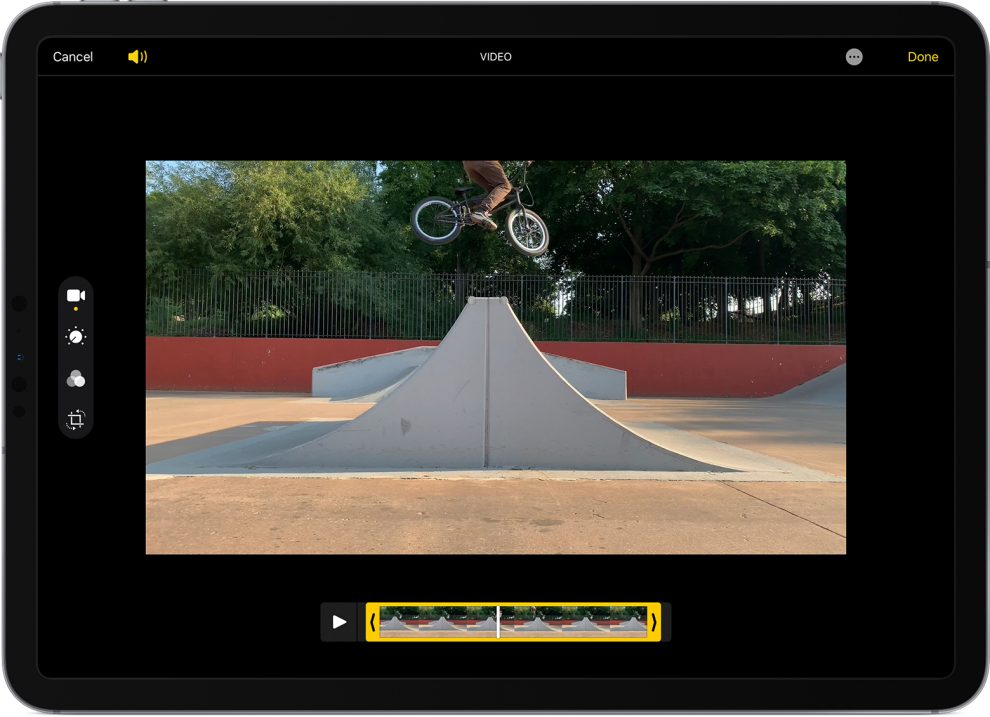With the rapid advancement of technology, the use of video in education has emerged as a powerful tool that is revolutionizing the learning experience. This article explores the profound impact of video on education, discussing its ability to engage students, enhance understanding, and promote collaboration. By providing real-life examples and citing relevant studies, this article aims to demonstrate the practicality and effectiveness of video as an educational medium.
Engagement:
One of the primary benefits of incorporating video into education is its ability to captivate students’ attention and increase engagement. Videos have the potential to enhance the learning experience by making complex concepts more accessible and interesting. Through visually stimulating content, compelling storytelling, and interactive elements, students are more likely to remain focused and actively participate in the learning process.
Understanding:
Videos have proven to be an effective tool for enhancing understanding and retention of information. Visual information can often be processed more easily and quickly than written text, making complex topics more comprehensible. Educational videos, such as demonstrations, simulations, and animations, provide a vivid representation of concepts, making them easier to grasp and remember. Additionally, videos can cater to different learning styles, accommodating visual and auditory learners alike.
Collaboration:
Video also enables and encourages collaboration among students. It promotes peer-to-peer learning and allows for instant sharing and discussions. With video conferencing and online platforms, students from different locations can collaborate on projects, exchange ideas, and work on assignments together. This collaborative aspect fosters teamwork, communication skills, and a sense of community among learners.
Accessibility:
Video provides accessibility to education for students who may face physical or geographical limitations. It allows remote learning opportunities, enabling students to access high-quality educational content from anywhere in the world. Furthermore, video platforms often provide subtitles or translations, making education more inclusive for non-native speakers and individuals with hearing impairments.
Effectiveness:
Numerous studies have highlighted the effectiveness of video in education. Research has shown that instructional videos significantly improve student learning outcomes, improve information retention, and increase overall academic performance. This evidence supports the notion that video is a valuable educational medium, capable of enhancing the learning experience.
Video has undoubtedly revolutionized education, offering new and engaging avenues for learning. Through its ability to captivate, facilitate understanding, promote collaboration, and ensure accessibility, video has become a vital component of today’s educational landscape. As technology continues to evolve, its integration into education is set to intensify, shaping the future of learning and expanding educational opportunities for all.
















Add Comment